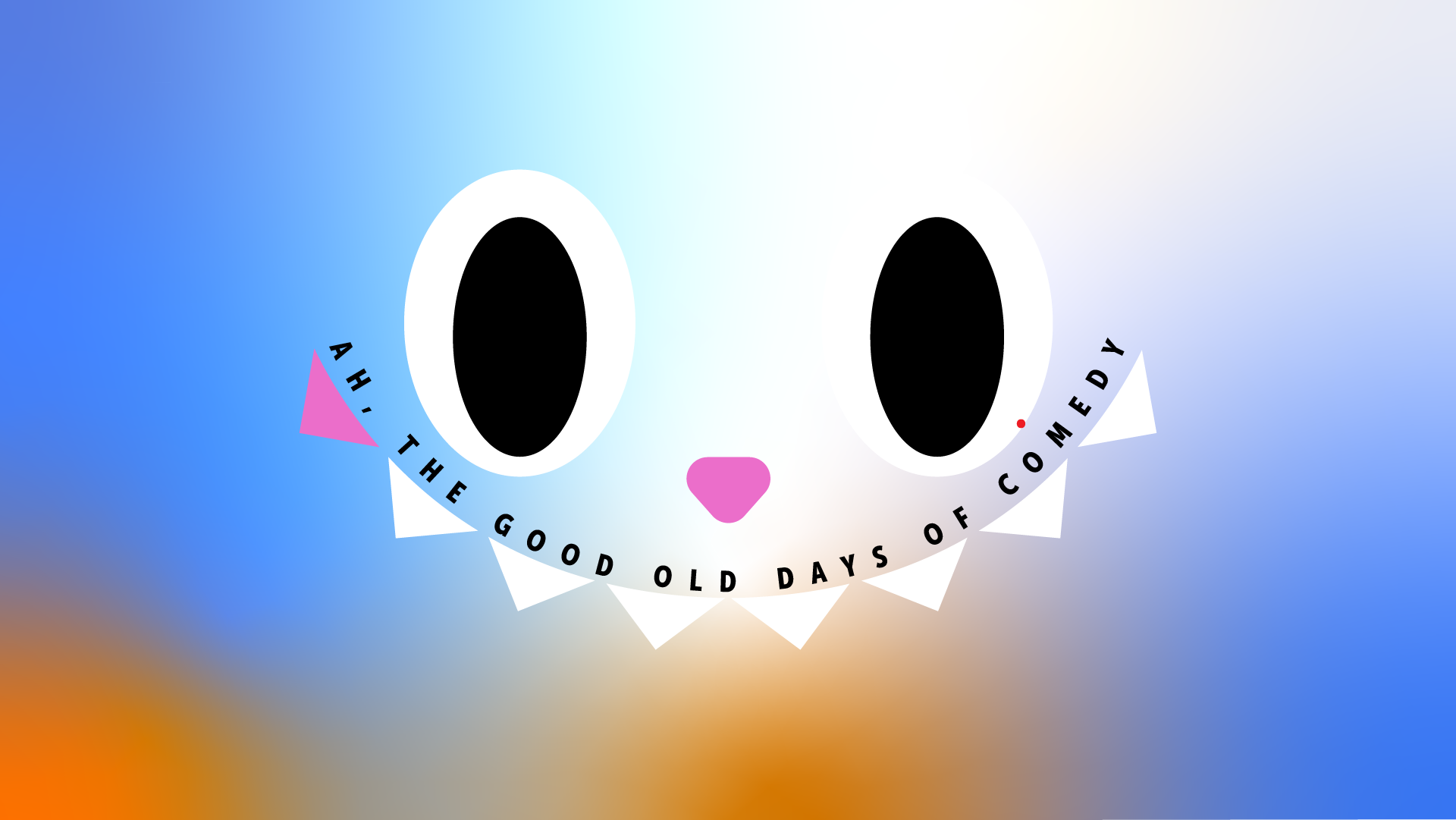Why Is The Yellow Blob Funny?
Our brains are funny little things: we’ve figured out how to go to the moon, we’ve made pioneering discoveries in medicine, and yet, we give inanimate objects and animals human traits.
Written by Esther Smith
Think about it: cars with headlights that look angry; the sadness you feel when a shopping cart isn’t parked in the bay with its friends, and NASA’s Mars Rover Curiosity — up there all alone, singing Happy Birthday with no one around? Well, I’m certainly crying right now.
When we apply this to animation, it becomes trickier as we need to weave it into the story and make sure the audience is following along. What does anthropomorphism in animation look like? More specifically, how does it work?
Movements & Science
In 1944, Heider and Simmer studied apparent behaviour. In this animation, 3 shapes clash over a rectangle that acts as a door. The animation has no sound, no voices, no faces – just movement. All but one of the participants in the study described the event as a traditional storytelling technique; different takes on the situation, but all have one thing in common: these shapes were characters. This was anthropomorphism in its rawest form.
We’ve also seen objects within animated films become fully fleshed characters: take the Pixar Lamp, for example. The famous opening to a Pixar film features an adorable lamp squeaking and taking over the I’s place. Simple, right? Yes, but it’s widely recognisable and loved by many. In 1986, Pixar released Lux Jr., a short which featured the familiar lamp, alongside its mini-sized companion, and a ball. With no face and voice, we follow their journey of intrigue, grief, and joy, which is entirely conveyed through movement. Perhaps this is too sickly sweet for you, perhaps you need something with more edge: horror fans might have seen YouTube user Ratboi Pleb’s 29 second short – twisting the innocent character into something much more sinister.
Faces, Voices & Science
Spiders – they’re feared by many people, even me. However, perspectives have changed after watching Lucas the Spider. In short: he’s a cute jumping spider, with large eyes and an adorable voice – it’s impossible to find this little creature scary.
There’s a scientific reason for this! Konrad Lorenz has found that Kindchenschema “is a set of infantile physical features such as the large head, round face and big eyes that is perceived as cute and motivates caretaking behaviour in other individuals”. Yes, I know what you’re thinking: this study is related to human babies – but if we break it down, we can see how animators use this in their character design: big eyes and a childlike voice to draw similarities to a baby. Joshua Slice created Lucas out of curiosity of how far you could push the cuteness of a spider – and he’s done it very well.
While his movements and facial expressions play a small part, Calcifer’s character in Howl’s Moving Castle is truly brought to life through voice. If you’re watching the English dubbed film, you’ll see how Billy Crystal’s snarky and comedic voice brings dimension and to the flame. Toons Mag writes, “By infusing authenticity into their delivery, voice actors create a bridge between the animated world and the viewers, fostering a more profound emotional resonance long after the scene darkens.” Calcifer’s movements being entirely restricted means the focus on his character is narrowly focussed on his voice. Voice is so used for so much more than dialogue, it can convey emotion, intention, and used to evoke a certain reaction from the audience. In this instance, Calcifer is the comedic relief of the film who is loved by the audience.
Minions have been taking the world by storm since their first appearance in Despicable Me in 2010. While these yellow creatures have facial expressions and move like humans, they have their own language; Minionese. Even watching a foreign language film with no translation available, we are still able to understand them through their voice: tone and pace.
Kyle Balda, co-director of Minions, said: “Part of what is so appealing about them is even though you can’t understand what they’re saying, you get the intention of what they’re saying so it’s not alienating when you hear them talking.” Their voice and movements can be recognised across different cultures, meaning there is little worry in preparing the film for global distribution. While the target audience is for children, adults will also be able to understand what the Minions are saying.
Traits & Science
While we could argue that all animations include human traits, there are certain characters that really highlight this. I often like to turn to Gromit from Wallace & Gromit as the shining example.
While he doesn’t speak, Gromit’s way of communication is through action and facial expressions. However, this only tells one half of the story – his traits tell the other half. There are plenty of reasons dogs are loyal: domestication, positive reinforcement – but perhaps the most striking reason is their ability to connect with humans on an emotional level. Taking a leaf from science, Gromit is witty, intelligent, caring, and loyal to his companion, Wallace – his fast-thinking and excellent problem-solving skills keeps them out of trouble.
Traits aren’t all sunshine and rainbows. Humans have a dark side where negative emotions can take control of our actions. Let’s turn to Anger from Inside Out – who’s entire personality involves a short temper and bursting into flames when he’s reached the end of his patience.
Anger’s traits are one dimensional as there are several other emotions within Riley’s brain – so we see Anger exactly for who he is: hot tempered, impulsive, and very vocal about his feelings. This was all intentional as the film’s aim is to teach children about their emotions and we see how they’ve incorporated science: Anger is red due to the emotional wheel and the decades long research which explores how emotions have been associated with colours.
The More You Know
Anthropomorphism in animation is fascinating and the average viewer (myself included prior to writing this) doesn’t think about it beyond the surface. Applying human psychology to animals and objects seems impossible, but there are hours upon hours of work that go into these decisions for characters: from their movement, to their facial features and voices, all the way down to their traits.
The next time you watch Aladdin and you’re drawn to the Magic Carpet but can’t understand why a character with no voice or face can give such a great performance? Think back to Heider and Simmer in 1944 who found that movement and psychology were connected. Or when you see a character with big wide eyes that make them so adorable, remember the study on Kindchenschema. Animation has taken this science and pushed the boundaries of what stories can be told and they’ve used anthropomorphic help along the way.





